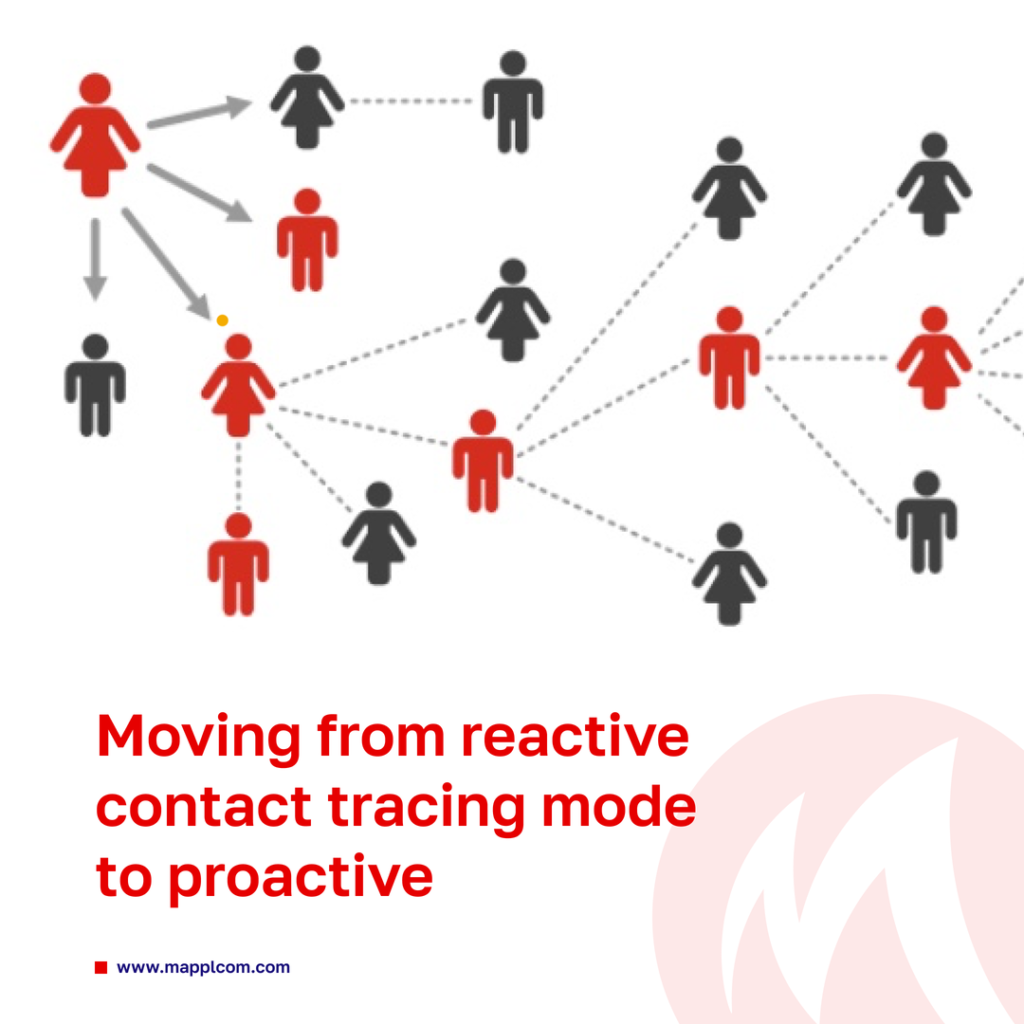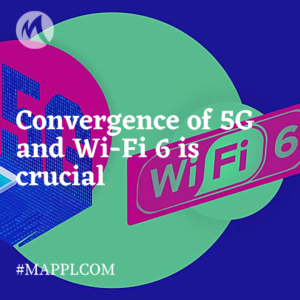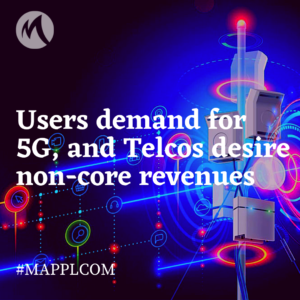Moving from reactive contact tracing mode to proactive: what tools can be implemented?

In order to fight coronavirus in a more efficiently, numerous experts have started analyzing various digital tracking tools and platforms trying to find an appropriate way to detect dangerous focuses. The vitality of this strategy is obvious due to a necessity to ease the lockdown measurements and maintain a certain level of safety at the same time. Thus, not to make these two tasks controversial, state authorities and legislatures are striving to get equipped with the most solid and forceful technologies. Moreover, to prevent the spread of the pandemic and avoid a so-called second wave, lots of people drastically changed their everyday routine, postponed significant events of their lives and almost literally put it on hold. Disappointingly, new cases are expected to appear at least until 2025, this is why a new approach is so crucial right now.
Bluetooth: still a reactive method?
Talking about measures already being used, we can mention digital tools already adopted by some Asian countries, which may be deservedly called “pioneers” in development of new fighting methods. More specifically, they have implemented contact tracing based on Bluetooth, which analyses signals between different mobile devices to determine which users are located closely to one other, estimating distance as a key factor in how the virus spreads. Some people argue that this method is doubtfully more efficient compared with habitual model of contact tracing which is conducted through a large stuff interviewing patients personally to examine their whereabouts and info on people they happen to meet on their way. Although the idea seams promising, the result is highly dependent on number of users, functionality of the app, data-privacy issues and some other elements they have to be improved.
The method of Bluetooth-based contact tracing only occurs to be a reactionary solution, not a proactive (or preventing) one, since is identifies the potential danger when you get close enough for a Bluetooth-signal to reach the marked device – meaning that you are already close enough to be potentially infected. Another pretty questionable aspect here is the principle of identifying a required gadget: the method rather defines “who” is the vector, saying nothing about where the person is. These implies further hurdles like a case when someone is traveling on a train crossing huge distances in a single day and may infect people at opposite ends of the country. Furthermore, the signals are not always stable and reliable – can propagate further than airborne viral spread. All the factors mentioned above lead to a non-sufficient accuracy of this method, proving the necessity to use another concept.
Location intelligence, a promising escape
Another step toward a higher accuracy in identifying coronavirus risk is a deeper application of data to enable enhanced analyses. This approach, apparently, requires, state-invested programs’ deployment for creating low-risk or low-exposure areas and decreasing economic disruption. As for the tools, many people talk about combining close-contact data detection (as Bluetooth-based method) and fine-grained location detection (for instance, GPS signals from mobile gadgets and media check-ins). Another option here is a coarse-grained location data with government-established place-of-residence records and using providers’ mobile phone towers for location trilateration. All these methods combined together create so-called location intelligence which helps scientists identify how the virus is progressing in real-time. This is vital part for continuous and reliable management of the current state which can provide governments with the data and tools necessary to act both safely and efficiently. All in all, to secure our regular lifestyle until the vaccine is found, technology holds the key to navigating back to normality and contributing to a coordinated response to what is going on now.

